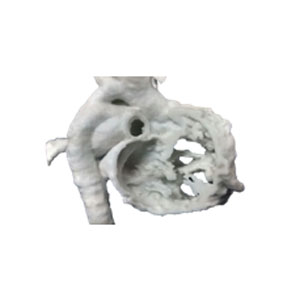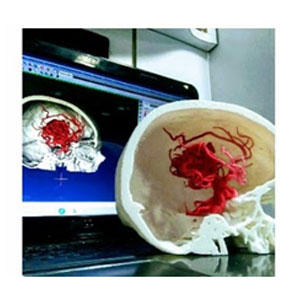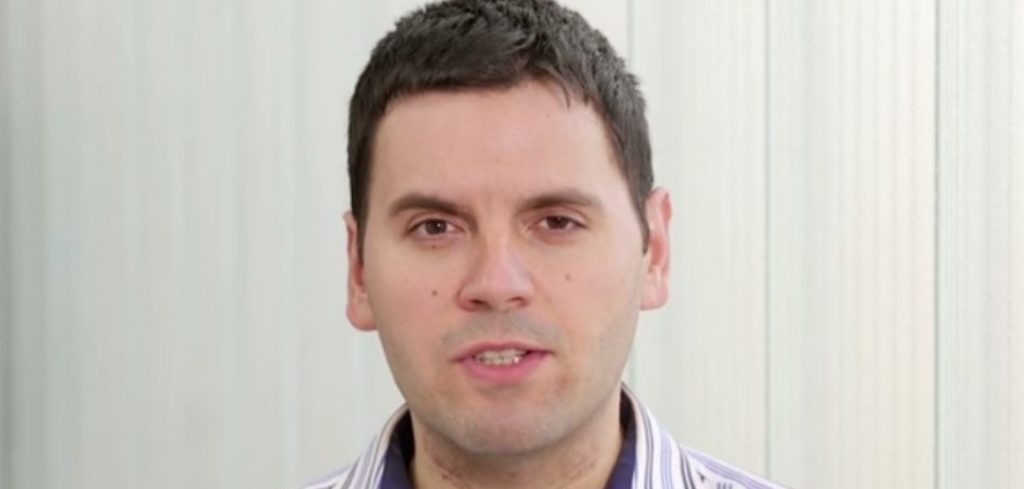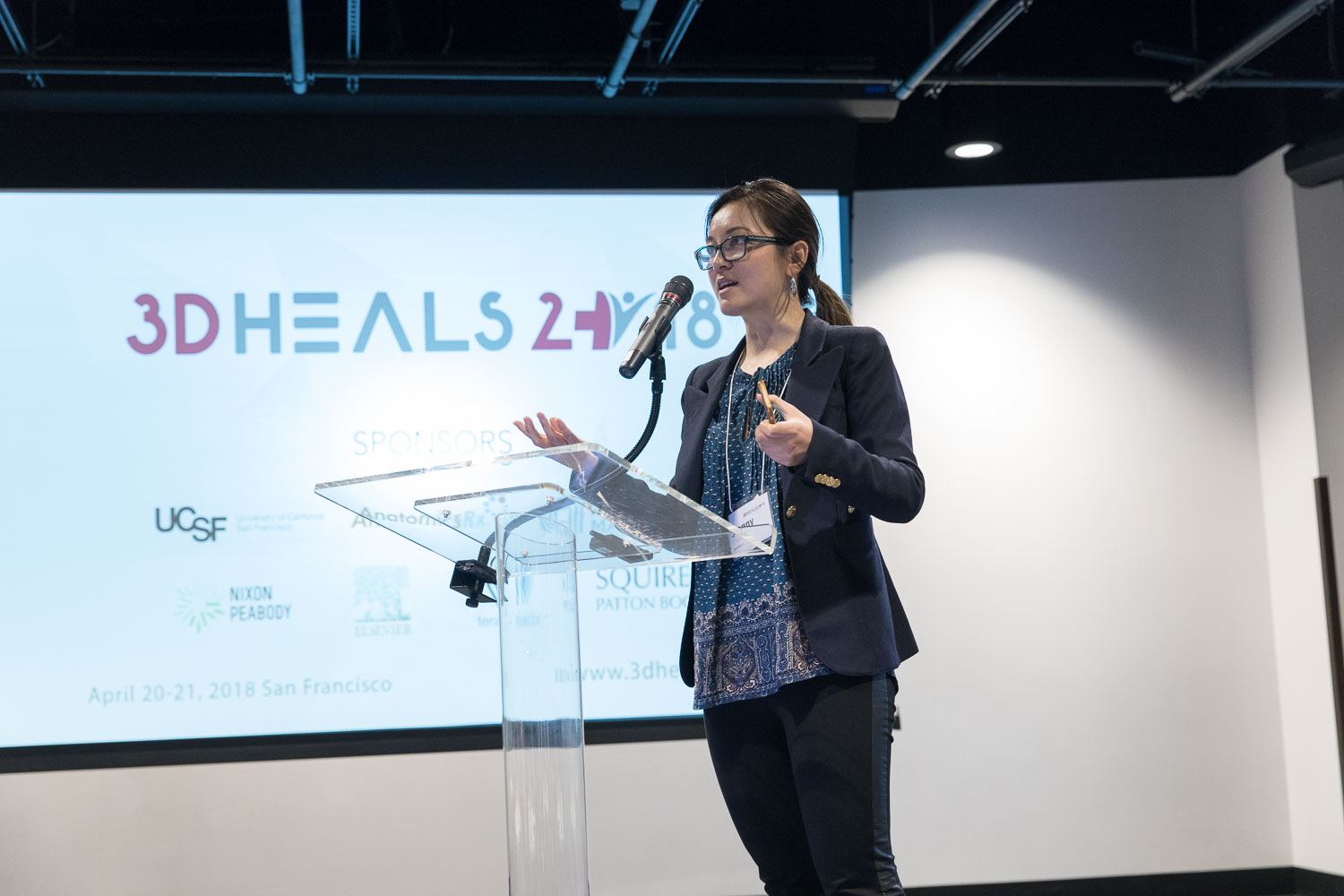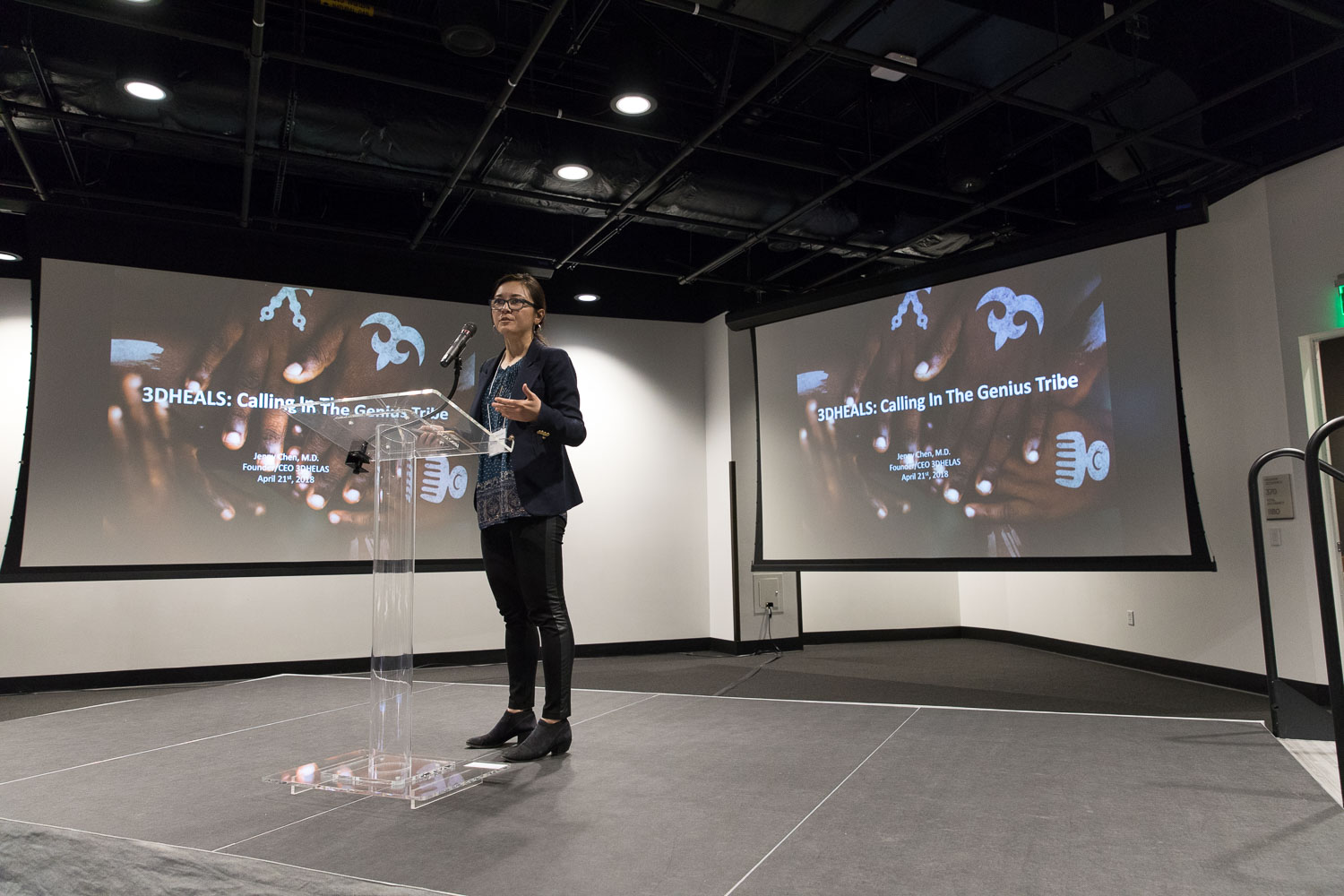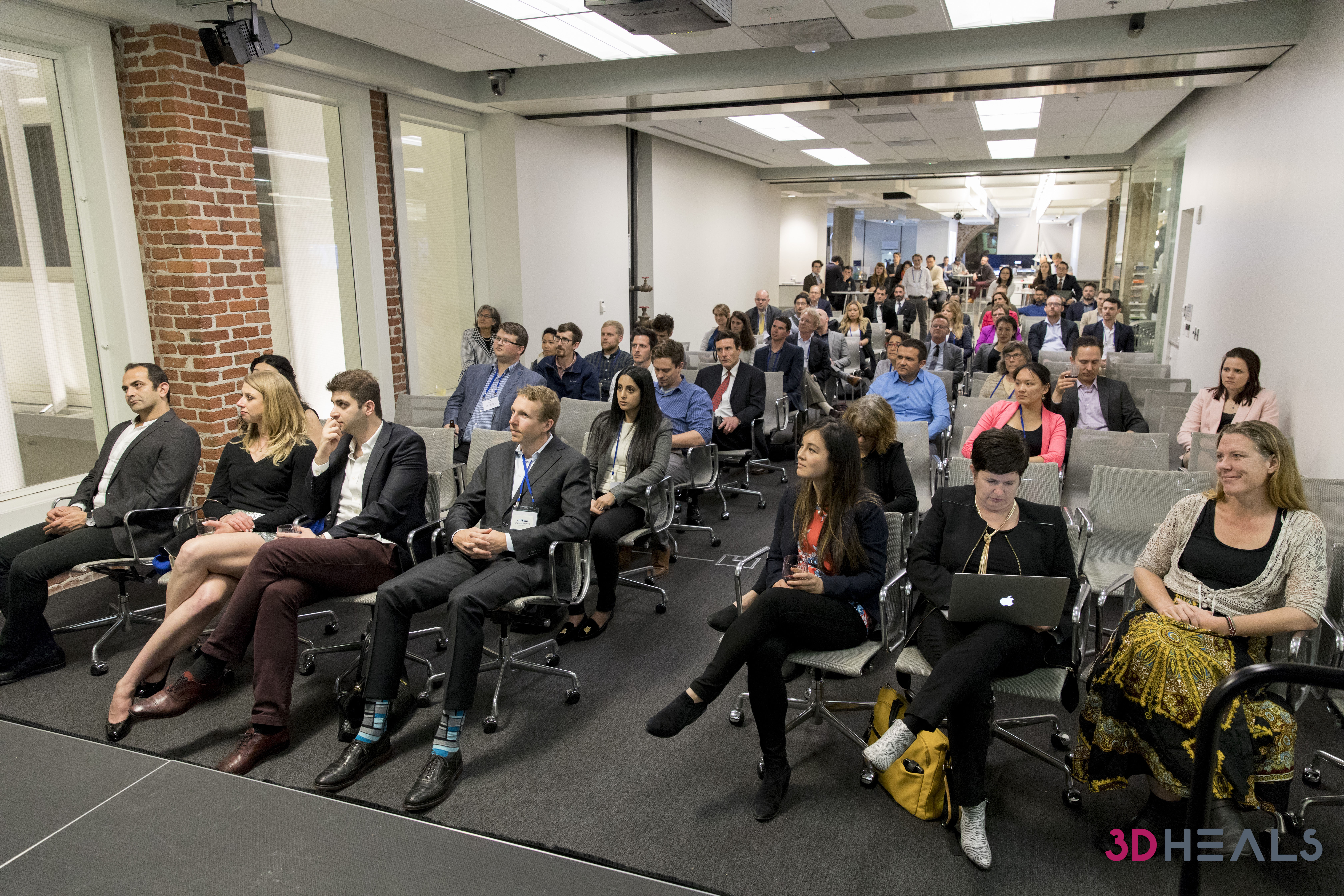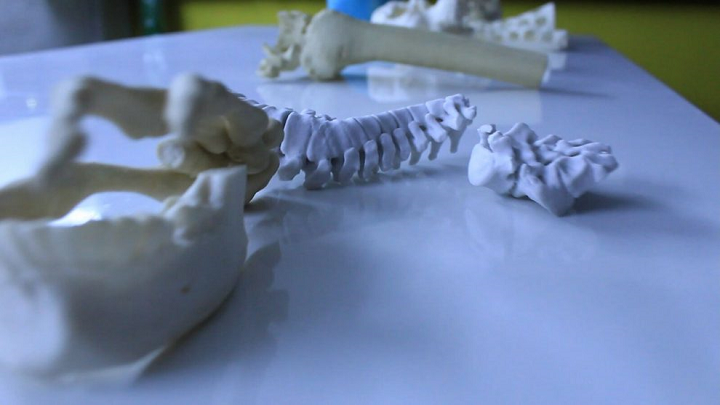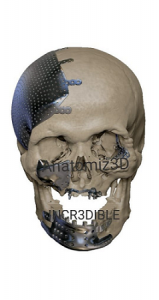Canadian medical virtual reality (VR) startup Realize Medical has announced a collaboration with Logitech, a renowned Swiss-based manufacturer of computer accessories and software. The partnership is designed to enhance Realize Medical’s Elucis, the world’s first platform for building patient-specific 3D medical models entirely in VR, by integrating Logitech’s enterprise-focused VR Stylus, enabling users to draw medical models precisely and directly in the program.
Through this new joint effort, Realize Medical will take the Elucis platform’s medical image viewing, modeling, and communication capabilities to the next level by combining novel 3D visualizations with the familiar and intuitive input of a hand-held stylus on a writing surface. Based entirely on VR, Elucis lets users turn medical images into 3D medical models with ease for 3D printing and other advanced visualization applications. While Logitech’s VR Ink Pilot Edition stylus, released last December, offers a more natural and precise input modality for a handful of art and design-focused VR tools. Together, the software and the pen will open new capabilities and improve usability.
“We are constantly on the lookout for innovative ways to improve our Elucis platform, and this partnership with Logitech does just that,” said Justin Sutherland, CEO and co-founder of Realize Medical. “Giving users the ability to draw seamlessly within our program will greatly improve the user experience, bringing us closer to meeting our mission of providing healthcare professionals with the 3D modeling tools they need to improve patient care and education.”
It takes a long time to make 3D anatomical models on 2D platforms, which is why Sutherland and Dan La Russa, Realize co-founders and medical physicists at the Ottawa Hospital, in Canada, began looking for a way to make the whole process easier. In 2017. they began working on creating a VR platform to help clinical physicians make 3D models faster, and in January of 2019, they took their work to the next level by creating a medical VR startup as a spin-out company out of the Ottawa Hospital.

Combining Logitech’s VR Ink Pilot Edition stylus with Realize Medical’s Elucis software to create 3D models (Image courtesy of Realize Medical)
Two-dimensional imaging, such as computerized tomography (CT) scans or magnetic resonance imaging (MRI), has been around since 1972. Although the resolution of the images has improved, it remains relatively the same technology with physicians still using the “slices” shown on 2D images for educational purposes and diagnosing patients. But even though medical imaging data represents 3D structures and can be turned into tangible physical 3D models, Realize Medical believes that many clinical settings and private companies are still relying on 2D tools to create 3D models, which is time-consuming and tedious. Instead, Elucis is expected to provide surgeons and healthcare professionals with a radically new way to create 3D medical content, much quicker and accurately.
The patent-pending input method lets users draw, measure, and annotate directly on any given view of an image, allowing for the creation to “materialize” in front of the user, offering the ability to work on it, hands-on. Thanks to intuitive hand motions and true 3D visual cues Realize Medical developed an image navigation tool that unlocks medical images and can even construct and edit 3D structures from 2D contours.
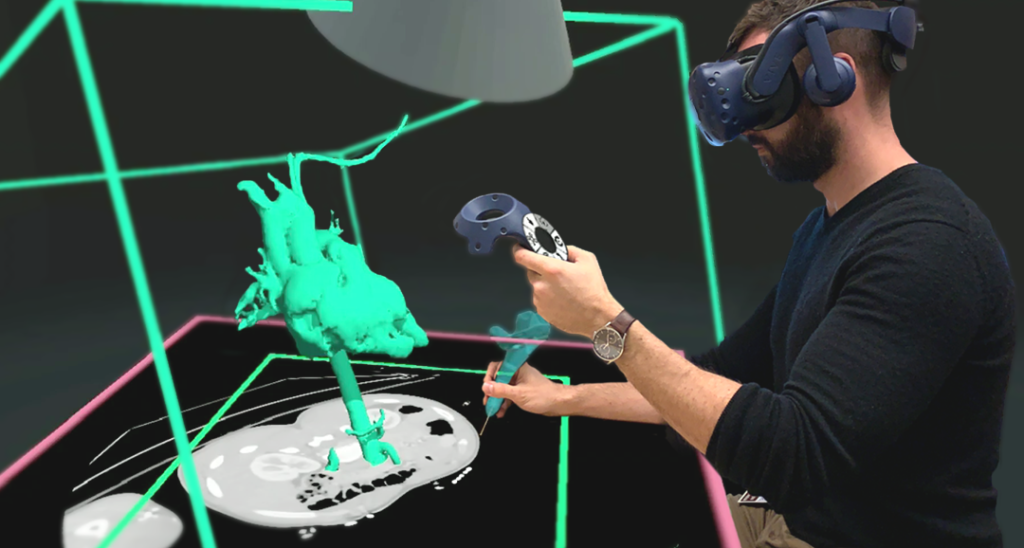
Realize Medical’s Elucis software will help the healthcare field create 3D models (Image courtesy of Realize Medical)
This new collaboration is the latest in a breakthrough trend of VR and 3D medical modeling aiming to change the future of healthcare. According to the startup, virtual reality can play a variety of important roles in healthcare and medicine, and the Elucis platform, in particular, can act as a clinician’s education and training tool, help with patient-specific planning, have the potential to guide treatment decisions, and much more. The company founders consider that shortly conventional monitor displays will be replaced by modern mixed reality tools like VR, augmented reality (AR), and medical 3D printing. To that end, the partnership continues to upgrade the technological platform offering user-friendly tools to healthcare experts.
Innovation in healthcare through 3D printing has led to the development of new applications. With hospitals and clinical settings looking to incorporate new ways to create medical models and devices in-house, the demand for technologies that can change the status quo continues to grow. In the last years, we have seen many healthcare institutions working together with researchers, startups, and companies to create bespoke clinical products, from surgical guides to patient-specific implants and 3D printed anatomical models, that can improve patient experience and surgical planning, as well as reduce operating time and costs. The role of mixed VR and 3D printing technologies is shaping up to be a staple for modern healthcare applications, as key development to advance the medical field.
The post Logitech and Realize Medical Partner to Enhance Medical VR appeared first on 3DPrint.com | The Voice of 3D Printing / Additive Manufacturing.



